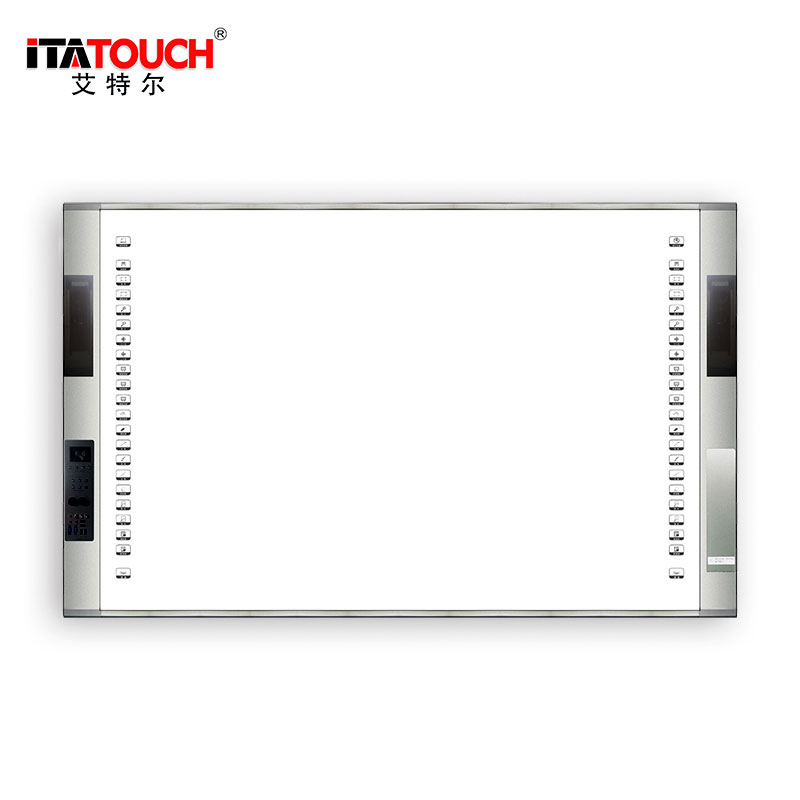
This Instructure shows how to set up the Wiimote interactive whiteboard using Johnny Lee's technology.
There are other instructions specifically for setting up and using Wiimoteboard, so I'm not going to go through the basic setup steps.
I initially set up a pre-projection system with only one Wiimote in my classroom and I found that I had major tracking issues and it was difficult for my students to understand that they could not be in wiimote.
So I decided to make a big rear.
Projection screen set by my class.
At first it was hard for me to find information about this setting.
So I think that's why it's not commonly used.
Initially I tried something that someone else did and tried using frosted glass or plexiglass, but my diffusion was very poor.
I also tried the method of frosted shower curtain, and the result is also very poor (hot spotting).
I finally decided to spend $37 on the actual back projection material.
The result surprised me.
Then I made a frame for my screen and legs with wheels, all in all I spent about $75
$100 including screen material.
This is the easiest to use and explain setup so far, and my students love it.
I purchased my screen material from Rose brand Gray back projection screen material and I bought two yards for $16. 95 a yard.
This works really well on my projector, 2200 lumens, no real hot spotsspotting.
You can find it here.
The 6' board built my frame with 1 1/2 "1 1/2. (
2x4 torn in half length).
My size is chosen by setting up the projector to see what size is comfortable for me.
It ended up being 44 1/2 "by 71 "(
Screen material is only two yards long).
So the diagonal of the screen is about 86 "and looks beautiful. I used L-
The stand I bought from Home Depot so I don't have to cut the 45 degree angle or worry about matching.
After construction, I found that the joint had a week, so I tied a metal band in every corner to make it more stable.
After the frame was built, I used a normal stable gun to connect the screen material.
I packed the material and nailed it to the back.
I folded the material several times in order to give it some strength where the staple runs through.
I decided to make my legs as basic as possible, a simple "T" design.
After doing "T", I decided to make a beam for each side of the leg in order to give more power to the whole structure.
I used a metal stand as the main T-
To give it more strength and help make the legs the same, joints.
I connect the screen to the legs by drilling holes in the projector frame.
Then I drilled the matching holes on each leg (
It's important to remember to drill holes centered on the legs so you don't have any legs blocking the picture because it's a back throw)
Once all the holes have been drilled, I use the carriage bolt through the front and leg holes of the sieve holes.
I replace the normal nut with a wing nut so I can take the screen apart and install without any tools.
I added casters to my screen so it could easily move in my classroom.
I also added an extra support crossbar to connect the legs together.
It's just a 1x4 board attached to each leg, along with two transport bolts and wing nuts.
I also drew my frame to make it look more complete.

